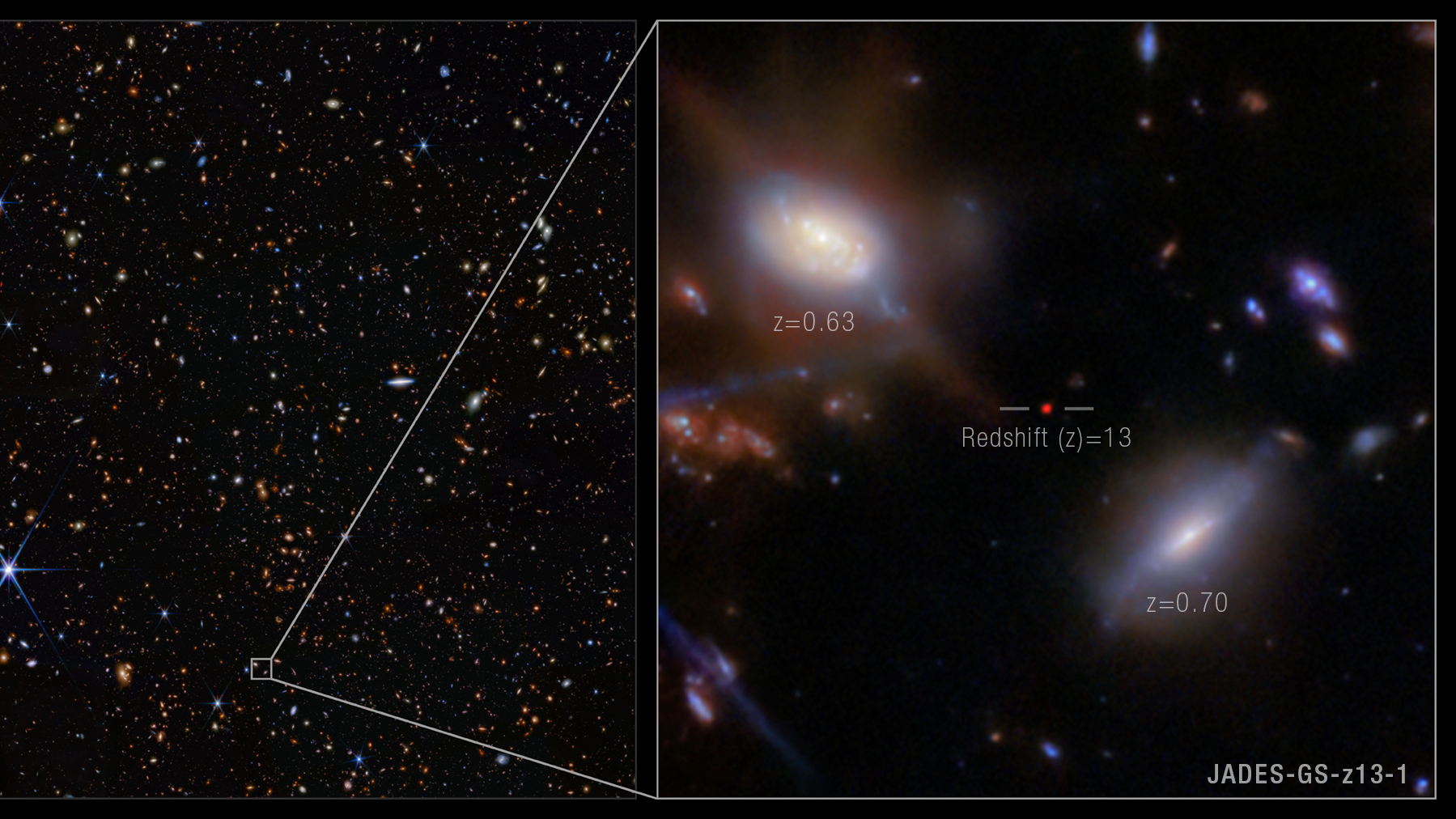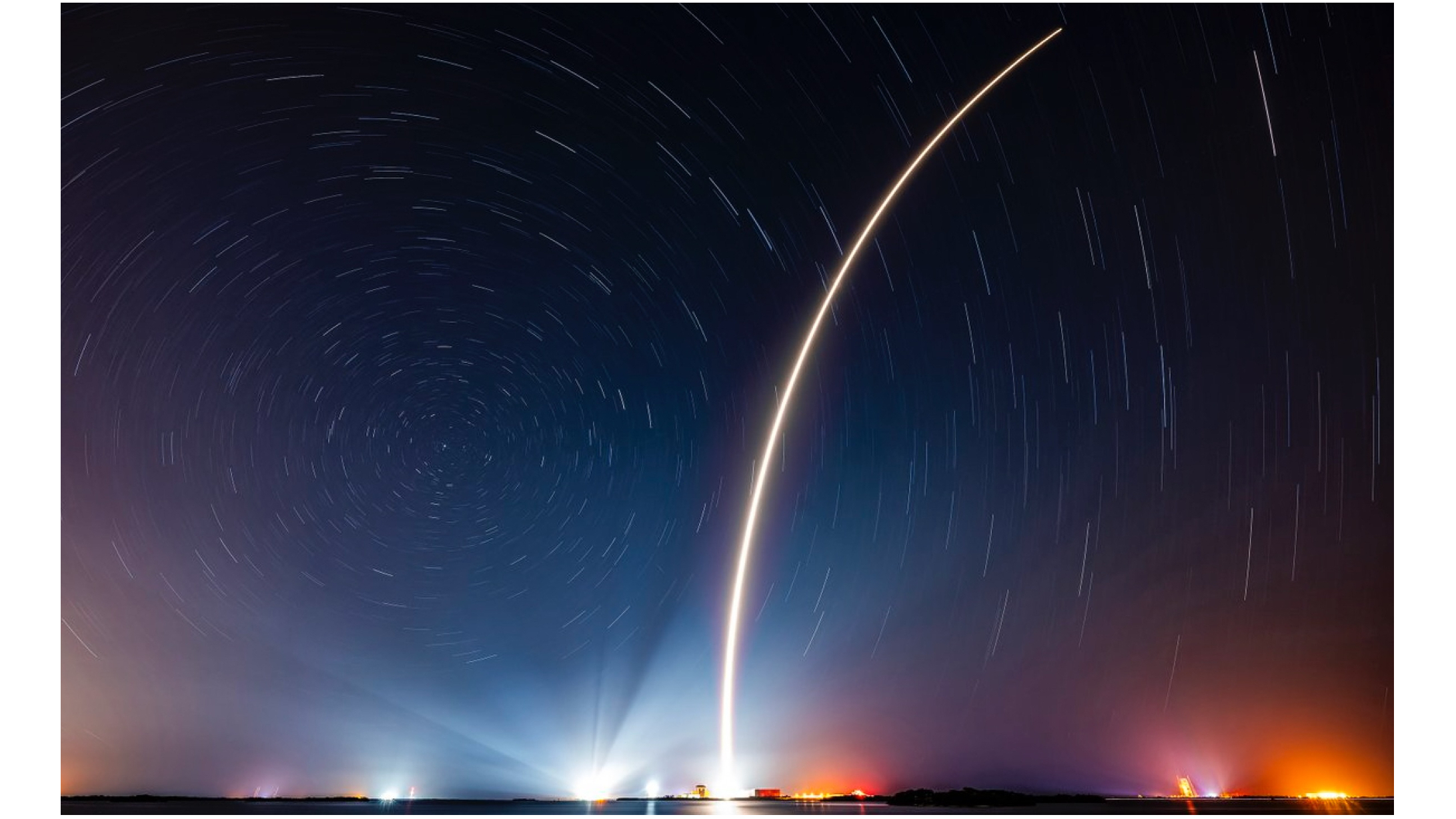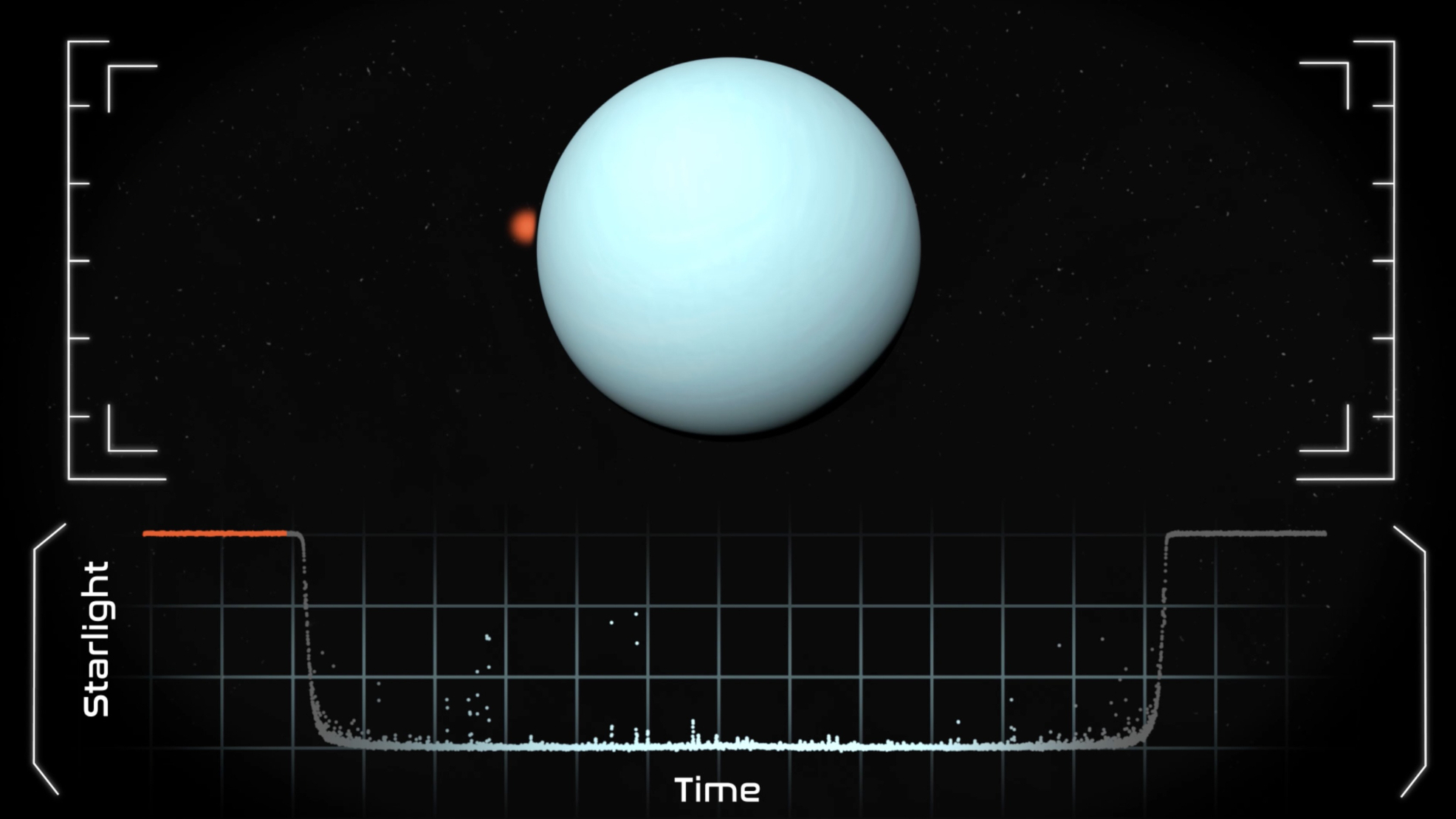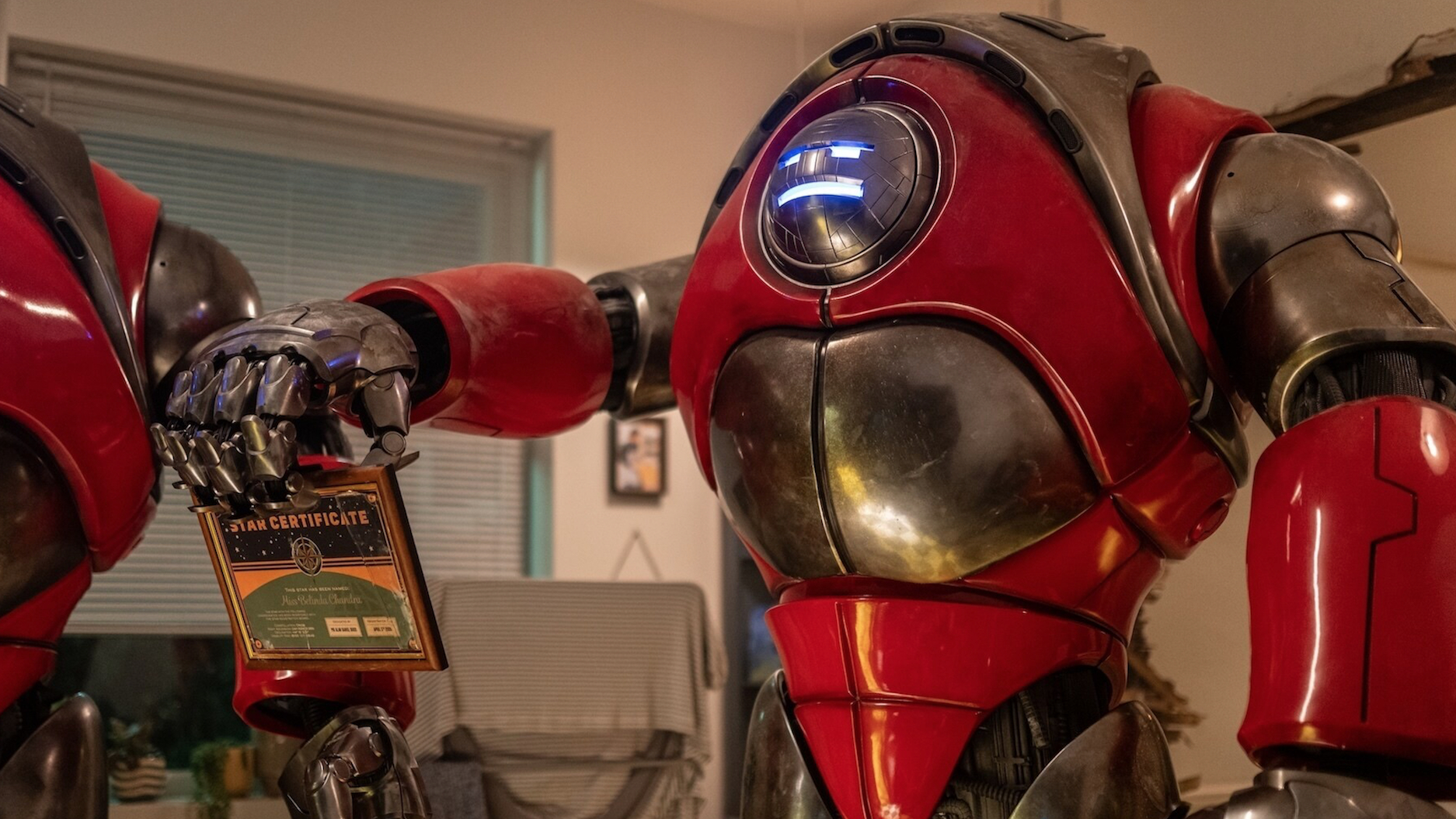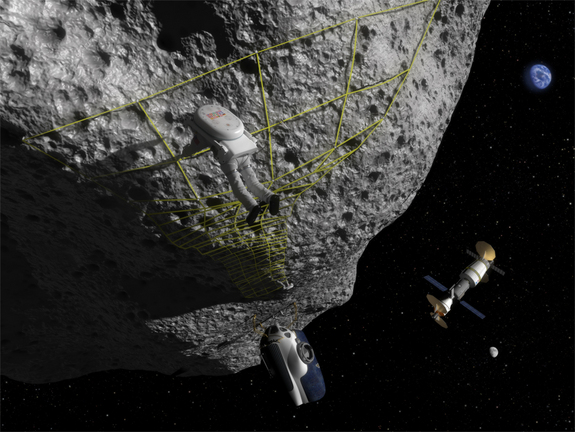
NASA will start accepting applications for new candidates for its astronaut corps in early November, the space agency announced Monday (Oct. 3).
Final selections for the new astronaut class, which will be the 21st group of space travelers in the agency's history, will be made in 2013, agency officials said. The newly minted spaceflyers will then begin training in August 2013 for long-duration missions to the International Space Station, as well as destinations in deep space.
"This next class will support missions to the station and will arrive via transportation systems now in development," Janet Kavandi, director of flight crew operations at NASA's Johnson Space Center, said in a statement. "They also will have the opportunity to participate in NASA's continuing exploration programs that will include missions beyond low-Earth orbit." [Photos: NASA's Spaceship for Asteroid Trips]
Shrinking astronaut corps
The new class will give a shot in the arm to NASA's shrinking astronaut corps.
In 1999, NASA counted 150 active spaceflyers in its ranks. With many astronauts retiring or leaving the agency for jobs elsewhere, that number has fallen to 61 in 2011, according to a recent report by the U.S. National Research Council.
Some of this exodus may reflect astronauts' worries about the prospects of getting to space again anytime soon.
Get the Space.com Newsletter
Breaking space news, the latest updates on rocket launches, skywatching events and more!
For one thing, construction of the $100 billion International Space Station — a task that required the hard work of many spaceflyers — is now complete. And NASA retired its space shuttle fleet in July after 30 years of service. The agency now relies on Russian Soyuz vehicles to ferry its astronauts to and from low-Earth orbit. [7 Notable Space Shuttle Astronauts]
NASA's long-range plan is to have private spaceflight firms take over this taxi service, but these commercial vehicles won't be ready to shoulder the burden until 2015 or so at the earliest.
NASA, for its part, is working to send astronauts to Mars, an asteroid or other destinations in deep space. President Obama directed the space agency to get humans to an asteroid by 2025 and to Mars by the mid-2030s. Last month, NASA announced the design of its Space Launch System, the heavy-lift rocket that will help get them there.
So six-month stints aboard the International Space Station (ISS) aren't the only possibilities for astronauts in the class of 2013. They could eventually get to go much farther afield.
"For scientists, engineers and other professionals who have always dreamed of experiencing spaceflight, this is an exciting time to join the astronaut corps," Kavandi said.
More astronauts needed
While the space station is now assembled, it will still require a steady flow of crewmembers for a long time to come. NASA and its international partners plan to operate and perform research aboard the orbiting outpost through at least 2020, and possibly until 2028 or so.
The National Research Council report recommended an increase in the size of NASA's astronaut corps to "maintain a mission-ready fleet of trained professionals who can safely operate the ISS."
The space agency was thinking along similar lines. It had already decided that it needed a new astronaut class, officials said.
"NASA already was making plans for this based on the assessment that we will need more astronauts for the important work ahead of us," NASA spokesman Mike Curie told SPACE.com in an email.
Applicants must have a bachelor's degree in engineering, mathematics or science as well as three years of relevant professional experience to be considered for the new astronaut class, NASA officials said.
Successful applicants tend to be literal or figurative high flyers, possessing extensive experience operating jet aircraft and/or impressive qualifications in some field of science or engineering.
NASA selected its most recent class in 2009, when it welcomed nine new spaceflyers to its ranks. They have been training to fly on space station missions ever since.
To learn more about NASA's latest astronaut recruitment effort and requirements, visit: http://astronauts.nasa.gov/
You can follow SPACE.com senior writer Mike Wall on Twitter: @michaeldwall. Follow SPACE.com for the latest in space science and exploration news on Twitter @Spacedotcom and on Facebook.
Join our Space Forums to keep talking space on the latest missions, night sky and more! And if you have a news tip, correction or comment, let us know at: community@space.com.

Michael Wall is a Senior Space Writer with Space.com and joined the team in 2010. He primarily covers exoplanets, spaceflight and military space, but has been known to dabble in the space art beat. His book about the search for alien life, "Out There," was published on Nov. 13, 2018. Before becoming a science writer, Michael worked as a herpetologist and wildlife biologist. He has a Ph.D. in evolutionary biology from the University of Sydney, Australia, a bachelor's degree from the University of Arizona, and a graduate certificate in science writing from the University of California, Santa Cruz. To find out what his latest project is, you can follow Michael on Twitter.

